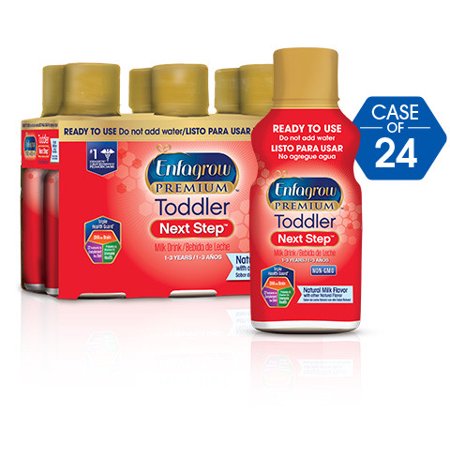Medical emergencies can happen to anyone at any time and often when we least expect it. Whether it’s a sudden chest pain that takes your breath away or a severe allergic reaction that leaves you gasping for air, knowing the warning signs of common medical emergencies could be the difference between life and death. In this blog post, we’ll explore some of these unforeseen situations – from heart attacks to choking incidents – and provide valuable insights on how to recognize them before they become life-threatening. If you are at risk of any of the following illnesses, it’s better to have a doctor at home Porto on speed dial. So, let’s dive in and equip ourselves with knowledge that just might save a life one day.
Heart Attack
Imagine this scenario: you’re going about your day, feeling perfectly fine, when suddenly, a crushing pain grips your chest. You struggle to catch your breath as the discomfort radiates down your left arm. These could be signs of a heart attack – a serious medical emergency that requires immediate attention. A soul attack occurs when blood flow to the heart is blocked, usually due to a clot in one of the coronary arteries. The warning signs can vary from person to person but commonly include chest pain or pressure, shortness of breath, pain radiating down the arm or jaw, nausea, lightheadedness, and cold sweats. It’s important not to dismiss these symptoms as something less severe.
Choking
Choking is a medical emergency that can happen to anyone, regardless of age or health condition. It occurs when an object gets stuck in the throat and blocks the airway, making breathing difficult or impossible. This situation can be highly frightening for both those experiencing it and those witnessing it. The warning signs of choking may include difficulty breathing or speaking, coughing forcefully, clutching their throat, or making high-pitched noises while inhaling. If you notice someone showing these signs, immediate action is crucial. To assist someone who is choking, start by assessing the seriousness of the situation. If they are able to speak or cough forcefully, encourage them to continue doing so, as this helps clear the blockage.
Allergic Reactions (Anaphylaxis)
You’re enjoying a peaceful picnic in the park, savoring every bite of your favorite sandwich. Suddenly, out of nowhere, you start to feel strange. Your throat tightens, and your skin breaks out in hives. Panic sets in as you struggle to breathe. What is happening? These are symptoms of an allergic reaction known as anaphylaxis. It occurs when your immune system overreacts to a harmless substance like food, insect bites/stings, or medications. The warning signs can vary from person to person but may include difficulty breathing, rapid heartbeat, dizziness or fainting, swelling of the face or tongue, and abdominal pain.
Respiratory Distress
Respiratory distress can be a terrifying experience, causing panic and uncertainty. It occurs when breathing is difficult, often due to underlying medical conditions or sudden triggers. This condition should never be taken lightly, as it could quickly become life-threatening if not addressed promptly. One of the warning signs of respiratory distress is shortness of breath. You may struggle to take in enough air or feel like you can’t catch your breath, no matter how hard you try. Another common symptom is wheezing, characterized by a high-pitched whistling sound when you exhale. Chest tightness and rapid breathing indicate something isn’t right with your respiratory system.
Remember that this article serves only as a guide; it does not replace professional medical advice or training. If you are unsure how to handle a specific emergency situation, always contact emergency services immediately. Awareness of these common medical emergencies and their warning signs empowers us to act swiftly when needed. By staying calm under pressure and taking appropriate actions, we can greatly increase the chances of positive outcomes in critical situations.



